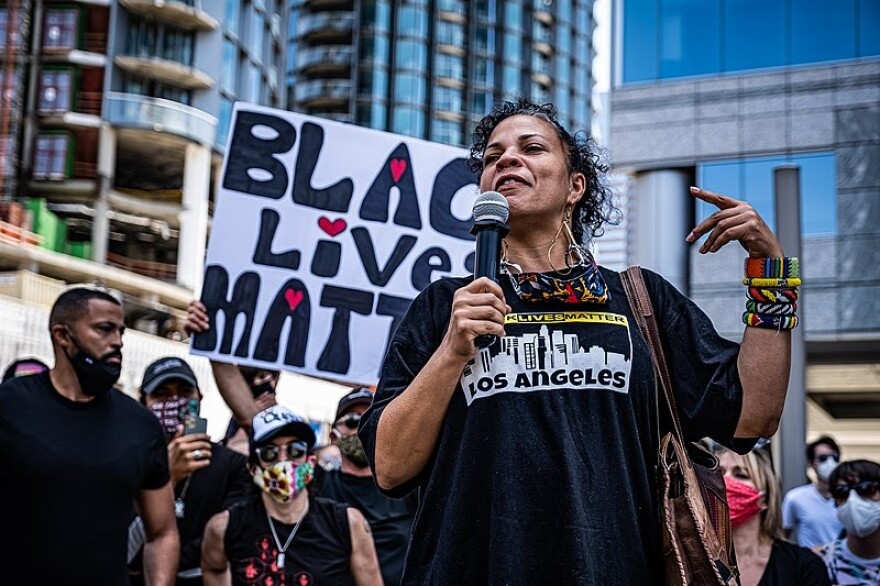Hundreds of thousands of women from across the country donning pink hats flooded onto the nation’s capitol in 2017 for the largest single-day protest in U.S. history. The Women’s March in Washington D.C. — along with sister marches held in all 50 states and more than 30 foreign countries — had some pundits claiming the 2016 election of Donald Trump had awakened the women-identifying electorate.

But Lisa Levenstein argues in her latest book that the Women’s March and other contemporary activism is rooted in important groundwork laid by feminists in the 1990s. This period of time in feminist history is largely overlooked, with Time Magazine asking “Is Feminism Dead?” on its front cover in June, 1998. Host Frank Stasio talks to Levenstein about “They Didn’t See Us Coming: The Hidden History of Feminism in the Nineties.” Levenstein is also the director of the Women's, Gender, and Sexuality Studies Program at the University of North Carolina Greensboro.
Copyright 2020 North Carolina Public Radio




